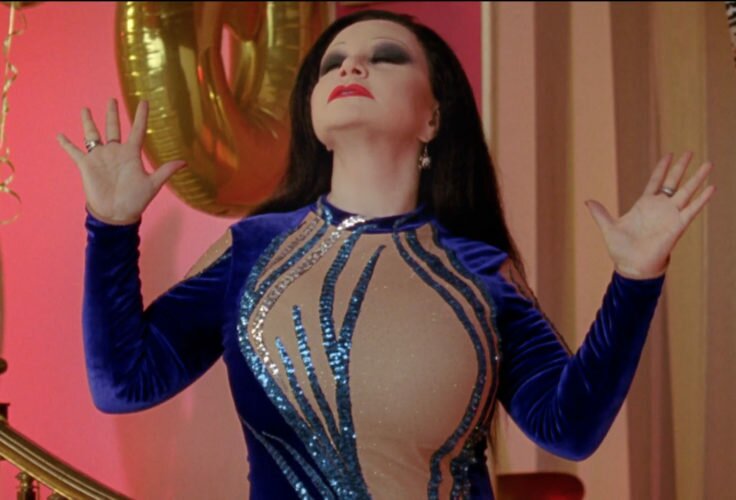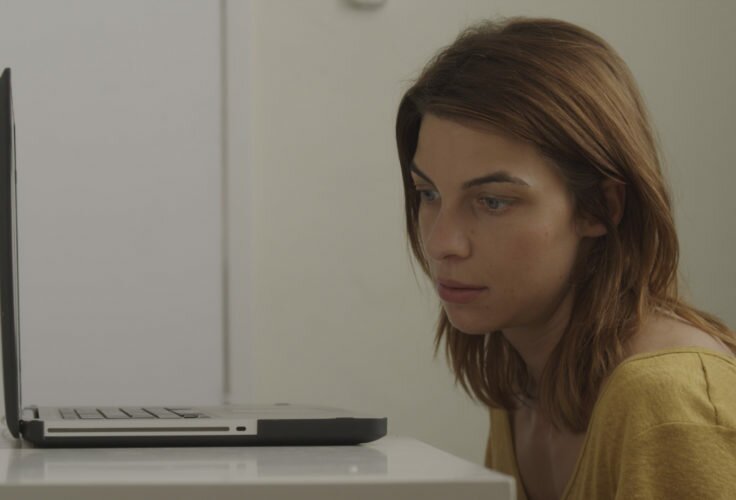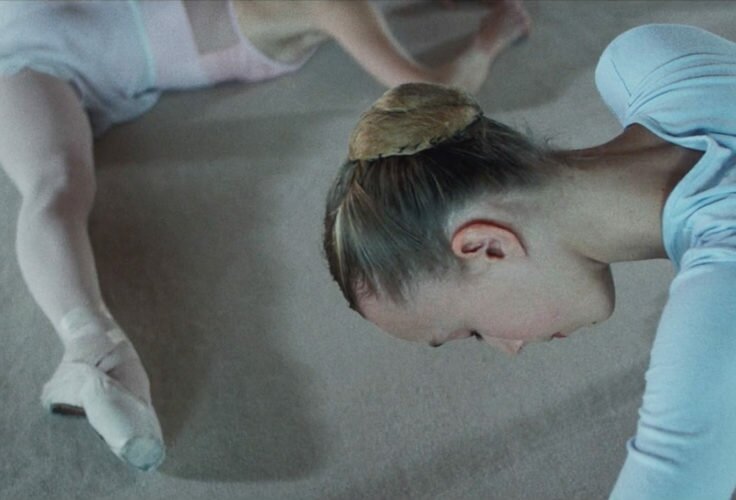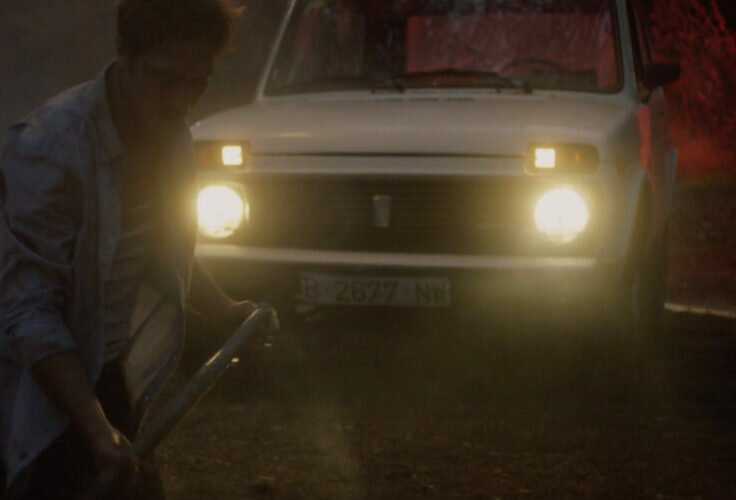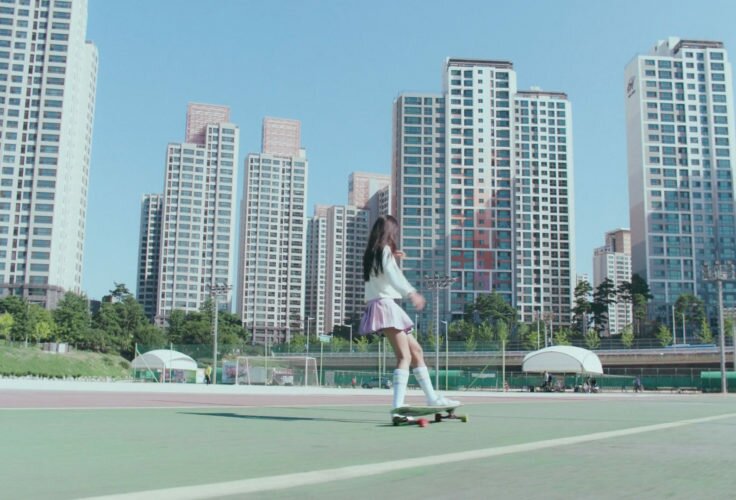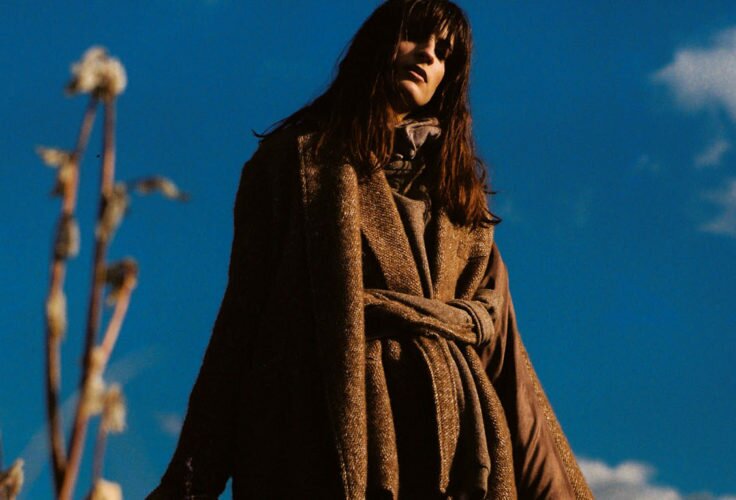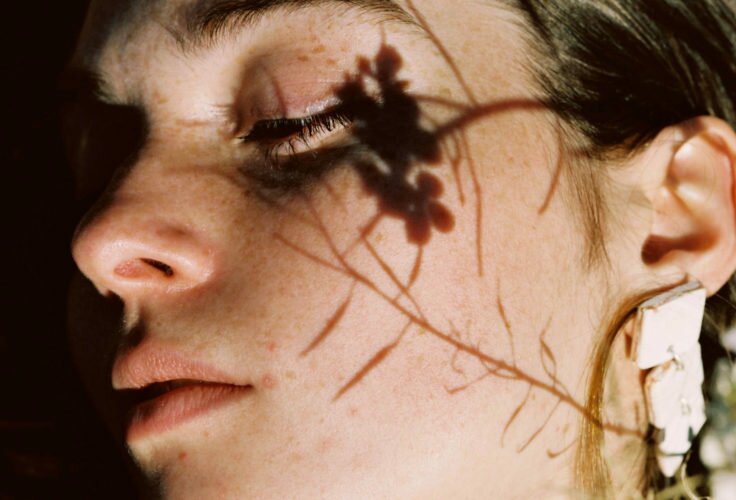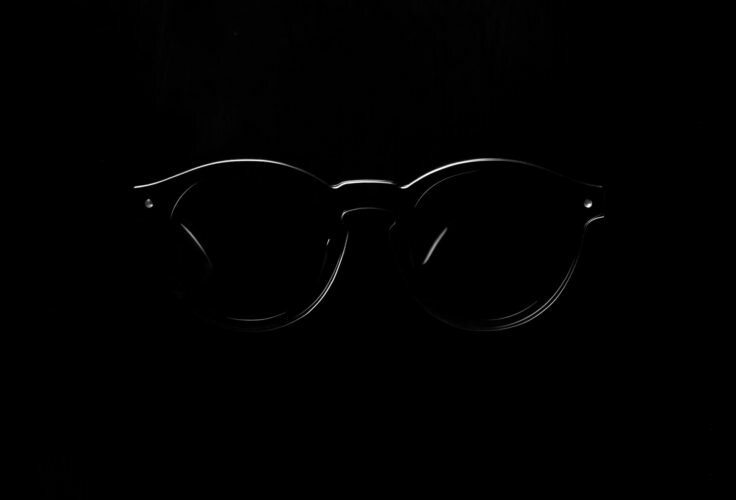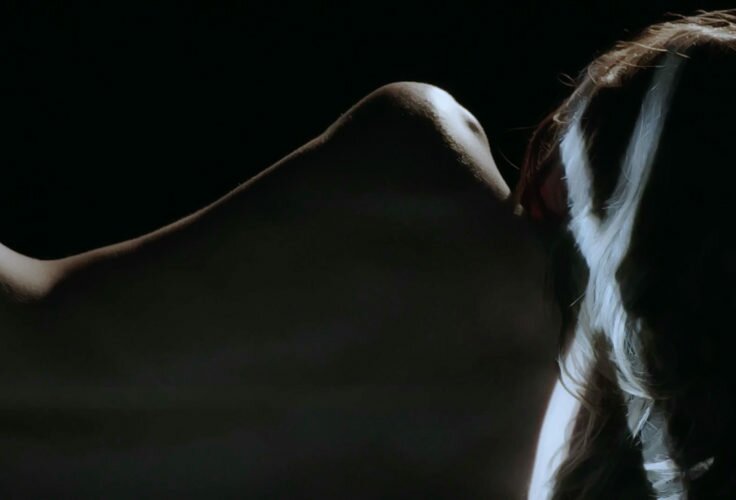Jordi Costa says farewell (only for a while, don’t cry) to his section Stolen Cartoons with an image from Fred’s Castaway on the Letter A. And?
Salami

Seven years before the Man With No Name ever crossed the Almeria desert for the first time, but eleven years after Lucky Luke roamed Arizona on his loyal horse Jolly Jumper, the immortal cowboy that could be considered the missing link between both icons of the western was born: Cocco Bill, a creation of Benito Jacovitti, or rather the offspring of one of the artists who managed to coin a new way of drawing cartoons that hasn’t been surpassed yet.
All along this busy life, one has had the chance to hear many things. Among them, a realistic cartoonist shamelessly affirming that, to him, humour comic books were a minor art and the effort required to create them was, no doubt, much less than that of the artist able to emulate with great precision a realistic anatomy. Doing such a noble job as drawing cartoons doesn’t necessarily coincide with having a brain deserving our respects, and, in fact, nowhere says that noble jobs prevent the sometimes-ignoble opinions of those carrying them out. There are also landscape painters who mock, sotto voce, abstract or conceptual artists. In the same way, for years, some film experts were under the opinion that spaghetti westerns were clearly a degradation of that Platonic ideal they themselves identified as classic westerns. This is not the best forum to enter Leone’s Baroque expressionism, his way of subjectivising time and space through form, of linking western archetypes to his Italian bastardizations of a fixed corpus of characters from la commedia dell’arte, or to talk about the operatic and carnavalesque as traditional layers of his aesthetics of appropriation, but it’s indeed the right place to praise the genius of Jacovitti, a man who contributed as much to humour comic stories as Sergio Leone to film.
Jacovitti used to say that his maestro was Elzie Chrysler Segar, father of Popeye and creator of that Human Comedy that was Timble Theatre. Funnily enough, the great Miguel Gallardo also started there. It is said that Jacovitti was a decisive influence for Francisco Ibáñez: the ham legs and aubergines decorating the corners of Mortadelo y Filemón cartoons were directly inherited from this genius of horror vacui, who did the same with salami, dice, bones, washbasins and other singular decoration motifs. Jacovitti is, thus, a bridge between Segar and Ibáñez, and in the same way his most iconic character could be seen as the link between Lucky Luke and Clint Eastwood. If anyone looks at a Jacovitti cartoon and dares to say there’s no genius there, no invention of a language, it means he can’t see beyond his own nose. No matter how precise an anatomy drawer he might be.
Jacovitti’s style departs, for starters, from a reflection on anatomy: his characters have prominent noses, and long, stylised and disproportionate limbs compared to their bodies. What is that exactly? An anatomical hypothesis that imagines a human being much more gifted for comedy than the rest of us flesh and blood citizens. His characters are, thus, extraordinarily flexible, and inhabit a happy world of philo-futuristic dynamism, always accompanied by kinetic lines to help the reader’s tied-to-gravity eyes understand the hilarious choreographies trapped in that essentially nimble and fast habitat captured in CMYK. The other fundamental element in Jacovitti’s aesthetics is, as I pointed out earlier, razzle-dazzle: there’s no space left in those vignettes for a single pin, and around each gag there seems to be other gags, wittily and with a great sense of delirium, flying around the central situation. The loose violence of his Cocco Bill stories, a character that first appeared in Il Giorno dei Ragazzi on October 17th, 1957, was often controversial: he even managed to include mutilations, represented by the slicing of mortadella, in this children’s magazine. The author appealed to the stylised violence of classic cartoons to defend himself, but the truth is that it wasn’t even necessary: the young readers of those over the top adventures were perfectly able of deciphering that distance, only overlooked by parents keen on mistaking morality with short-sightedness, not amputation with bacon (which is what, deep down, it was all about). Like the great Georges Herriman, Jacovitti was also convinced that laughter was a question of language: of the deformation and twisting of language, in fact. His cartoons were rich in phonetic plays on words that verged on the absurd; his onomatopoeias didn’t follow the normative forms, and they even included annotations. There were times in which the spaces between the cartoons were the best territory to include extra jokes, made up sayings or unjustified ramblings.
All spaghetti western lovers know that in a Sergio Leone film a duel is a ritual requiring of a disproportionate extension of time: a wait that lasts a Mahabharata of extreme close-ups, eyes looking up towards ominous black suns, inserts of nervous fingers that could cover whole universes, spaces between the eyebrows turned orography of an alien planet called Tension New Roman, size 72. In Jacovitti’s Far West there was no time for so much ceremony, and a single cartoon could include successive movements of the same fight that could last, vignette after vignette, a whole page (and its subsequent ones). Today’s Stolen Cartoon is a good example of that strategy, even if other might have surpassed it in their Baroque nature. Hence, thus, a confrontation, gratuitous salami included, taken from the adventure Cocco Bill Ciccicoccomac, appeared on the album Cocco Bill Saloon published in 1978 and compiled in the Gianni Brunoro book Cocco Bill. Mezzo secolo di risate western, published by Stampa Alternativa/Nuovi Equilibri in September 2007. We could end our homage to this great author with a reflection on the duration of time: yes, Sergio Leone’s carnavalesque gunfire scenes could take an eternity before the first shot was even heard, but that same eternity could be devoted to contemplating forever the never-ending image. The pleasure might have been different (of another nature, but with identical degree of inventiveness), but it was still a pleasure. A pleasure forever.


